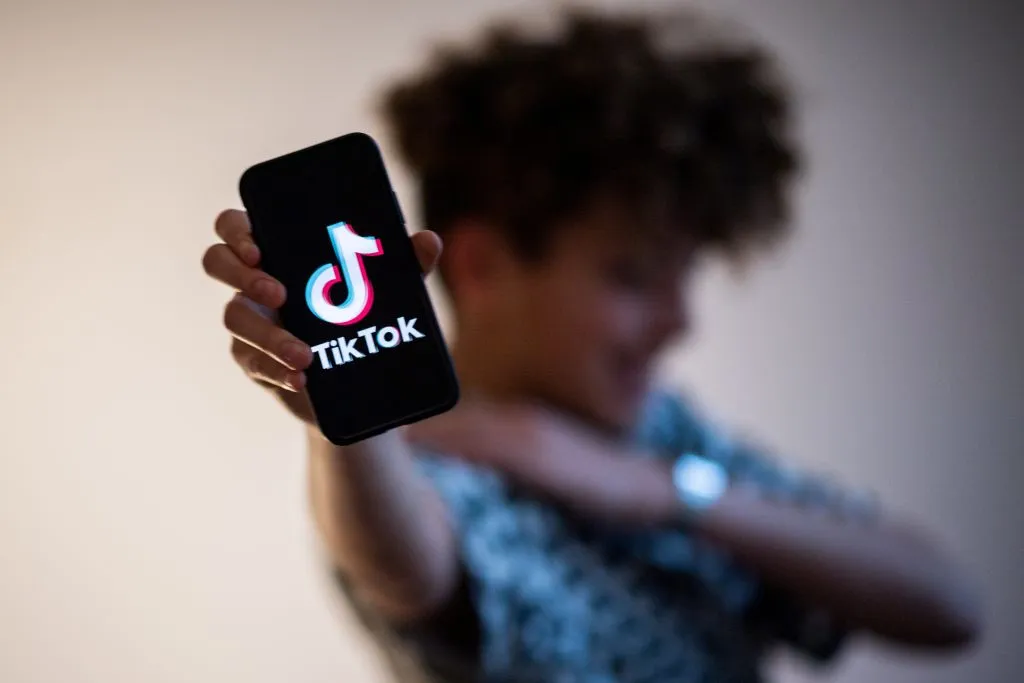On Tuesday, Italy’s competition watchdog said it had opened an inquiry into Chinese-owned video app TikTok for failing to implement its own rules on removing “dangerous content” linked to suicide and self-harm.
The Italian Competition Authority said its investigation, which targets Irish company TikTok Technology Limited, a subsidiary of Chinese-owned TikTok, was flashed by videos of young people “embracing self-harming behavior”, including the “French scar challenge”.
In the challenge, children pinch their cheeks violently to create bruising, a phenomenon described by multiple tutorials on TikTok that have generated concern in the education and health sectors. The watchdog said it had carried out an inspection of the Italian headquarters of TikTok on Tuesday with the support of financial police.
The guidelines of the companies who own the platform, which envision the removal of dangerous content that instigate suicide, self-harm and unhealthy nutrition, are not applied.”
the watchdog in a statement said.
It charged the platform with failing to set up satisfactory monitoring systems, particularly given the many “particularly vulnerable” children who used it.
In a statement, TikTok said it employed more than 40,000 “safety professionals” and said it does not permit content “showing or promoting” the movements mentioned by the watchdog.
We take extra care to protect teenagers in particular.”
TikTok said
Western authorities have been taking an increasingly firm approach to TikTok, owned by Chinese parent company ByteDance, over worries that user data could be used or abused by Chinese officials. Following in the footsteps of the United States and the European Union, the UK on Thursday prohibited the application on official devices.
The Chinese-owned app is regularly blamed for leaking disinformation, putting users in danger with dangerous “challenge” videos, and allowing pornography, even though it is considered to restrict nudity. Several children have also reportedly died while attempting to replicate the so-called faint challenge, which concerns users holding their breath until they pass out.




